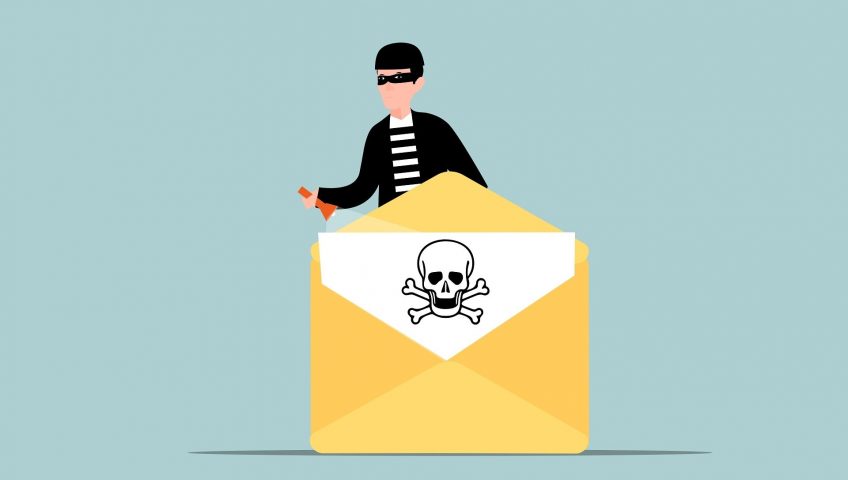Data is one of the most valuable assets a business can have. Managing this data throughout its lifecycle can be challenging. Data lifecycle management (DLM) refers to several processes and policies. They govern the handling, storage, and eventual disposal of data.
Businesses generate and store vast amounts of data. As this happens, the importance of effective DLM becomes more critical. Navigating the challenges of data lifecycle management requires a comprehensive approach. One that balances security, compliance, and operational efficiency.
Understanding Data Lifecycle Management
Data lifecycle management involves the governance of data. It starts from its creation to continues to its eventual disposal. The lifecycle includes several stages:
- Data creation
- Storage
- Use
- Sharing
- Archiving
- Deletion
Each stage presents its own set of challenges. Mismanagement at any stage can lead to security risks as well as regulatory non-compliance and increased operational costs. Implementing a robust DLM strategy ensures proper data handling at every stage. This maximizes its value while minimizing risks.
The Importance of Data Lifecycle Management
Effective DLM is crucial for several reasons. First, it helps ensure data security. As data moves through its lifecycle, it is exposed to various threats. These include unauthorized access, data breaches, and more. A well-implemented DLM strategy includes security measures that protect data at every stage.
Second, DLM helps businesses follow regulatory requirements. Many industries are subject to strict data protection laws. Failure to comply can result in significant fines and reputational damage.
Finally, DLM improves operational efficiency. By managing data effectively, businesses can reduce storage costs. As well as streamline operations and ensure that data is available when needed.
Challenges of Data Lifecycle Management
1.Data Volume and Variety
One of the primary challenges of DLM is the sheer volume and variety of data. There has been a proliferation of digital devices and platforms. The result is that companies are collecting more data than ever before. It includes everything from structured databases to unstructured text, images, and videos.
Managing Large Volumes of Data
The massive volume of data presents a storage challenge. Businesses must invest in scalable storage solutions. Solutions that can handle growth without compromising performance. As data volumes increase, the resources needed to manage and process this data also grow.
Handling Diverse Data Types
Data comes in many forms. Each type requires different handling and storage methods. Structured data, such as databases, is easier to manage. Unstructured data, such as emails and social media posts, presents more challenges. A comprehensive DLM strategy must account for the different types of data. As well as ensure proper data management for each type.
2. Data Security and Privacy
Protecting data is a critical aspect of DLM. As data moves through its lifecycle, it is vulnerable to various security threats. These include data breaches, unauthorized access, and cyberattacks. Ensuring data privacy and security is not only a best practice but often a legal need.
Enabling Robust Security Measures
To protect data throughout its lifecycle, businesses must enforce robust security measures. This includes encryption, access controls, and regular security audits. Additionally, businesses should adopt a proactive approach to threat detection and response.
Ensuring Compliance with Privacy Regulations
Data privacy regulations impose strict requirements on how businesses handle personal data. Compliance with these regulations is often non-negotiable. Businesses must ensure that their DLM strategies have provisions for data privacy. This includes obtaining consent for data collection and using data minimization practices. As well as ensuring that data is securely deleted when no longer needed.
3. Data Quality and Integrity
Maintaining data quality and integrity is essential for effective DLM. Poor data quality can lead to several issues, including:
- Inaccurate analyses
- Poor business decisions
- Wasted resources
Ensuring that data remains accurate and reliable throughout its lifecycle is a challenge.
Enforcing Data Quality Controls
Businesses must enforce data quality controls at every stage of the data lifecycle. This includes validating data at the point of entry. As well as regularly auditing data for accuracy, and correcting errors promptly.
Preventing Data Corruption
Data corruption can occur at any stage of the data lifecycle. To prevent data corruption, businesses should use reliable storage solutions. As well as regularly back up data. Adopting error-checking and correction helps resolve issues before they impact data integrity.
4. Data Retention and Deletion
Deciding how long to keep data and when to delete it is a critical aspect of DLM. Holding onto data for too long can increase storage costs. As well as expose businesses to security risks. But deleting data prematurely can lead to compliance issues. It can also mean the loss of valuable information.
Establishing Data Retention Policies
A key component of DLM is establishing clear data retention policies. These policies should outline how long to keep different types of data. Base them on legal, regulatory, and business requirements.
Ensuring Secure Data Deletion
You must securely delete data when it reaches the end of its lifecycle. This prevents unauthorized access. Use appropriate data destruction methods and ensure you delete all copies.
5. Data Accessibility and Availability
Ensuring that data is accessible when needed is another challenge of DLM. As data moves through its lifecycle, users may have archived it. It can also be moved to different storage locations or deleted. Businesses must ensure that data remains accessible to authorized users throughout its lifecycle.
Balancing Accessibility with Security
Businesses should balance data accessibility and security. Enforcing access controls, such as role-based access and MFA, helps maintain this balance.
Ensuring Data Availability During Disruptions
Businesses must also plan for data availability during disruptions. Such as hardware failures, cyberattacks, or natural disasters. This includes data backup and disaster recovery plans.
Need Help with Data Lifecycle Management Solutions?
Data lifecycle management is a complex but essential aspect of modern business operations. Our team of experts can help you put commonsense solutions in place to improve data security.
Reach out today to schedule a chat about DLM.
—
This Article has been Republished with Permission from The Technology Press.



Recent Comments